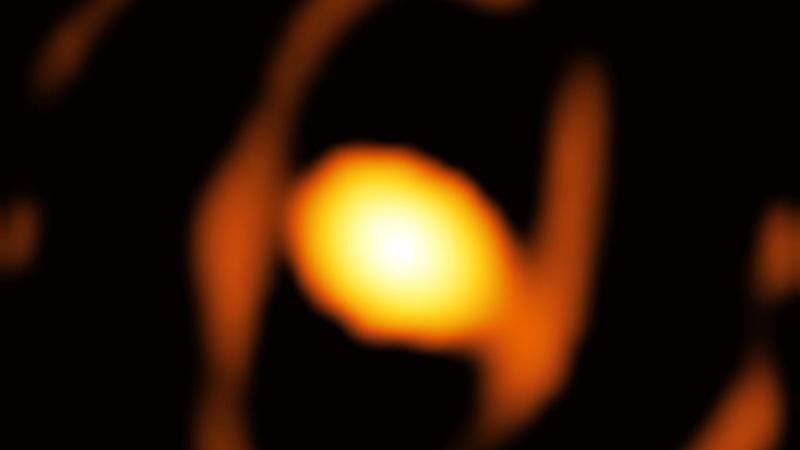
Geosynchronous
Geosynchronous refers to an object, usually a satellite, that orbits the Earth at the same rate as the Earth rotates on its axis. This means that the object remains in the same position relative to the Earth's surface, appearing to be stationary in the sky. Geosynchronous orbit is located at an altitude of approximately 35,786 kilometers above the Earth's equator. Geosynchronous satellites are commonly used for communication, weather monitoring, and navigation purposes.
Your Previous Searches
Random Picks
- Animals: In space and astronautical engineering, animals have been used for scientific research to understand the effects of microgravity and space radiation on living organisms. Animals such as mice, rats, monkeys, and even fish have been sent to s ... Read More >>
- Heating Systems: Heating systems in the context of space and astronautical engineering refer to the various methods and technologies used to regulate temperature and provide warmth to spacecraft, habitats, and other space-based structures. These systems are ... Read More >>
- Radiation-hardened Electronic Components: Radiation-hardened electronic components are electronic devices that are designed and manufactured to withstand the harsh radiation environment of space. The space environment is filled with high-energy particles that can damage or destroy ... Read More >>
Top News

Archaeologists discover 4,000-year-old canals used to fish by predecessors of an...
Using drones and Google Earth imagery, archaeologists have discovered a 4,000-year-old network of earthen canals in what’s now Belize...
News Source: ABC News on 2024-11-22

First close-up image of a star beyond our galaxy may reveal impending supernova...
Astronomers have taken the first close-up image of a star beyond our galaxy, and it’s a “monster star” surrounded by a cocoon as it slowly dies....
News Source: CNN on 2024-11-21

Bestselling author explains the science of happiness: "You can do the work"...
Bestselling author and Harvard professor Arthur Brooks opens up about how enjoyment, satisfaction and meaning in life can increase a person's wellbeing....
News Source: CBS News on 2024-11-18

November's full moon, known as the Beaver Moon, is the last supermoon of 2024. H...
November's full moon, known as the Beaver Moon, is the last supermoon of 2024. Here's when it peaks and why it's called the Beaver Moon....
News Source: CBS News on 2024-11-15

You can't put a price on the sense of awe particle physics inspires...
Astronomy and particle physics are no longer seen as vital by the US establishment, so funding has fallen. But our work creates a sense of wonder, and wonder matters, says Chanda Prescod-Weinstein...
News Source: New Scientist on 2024-11-13